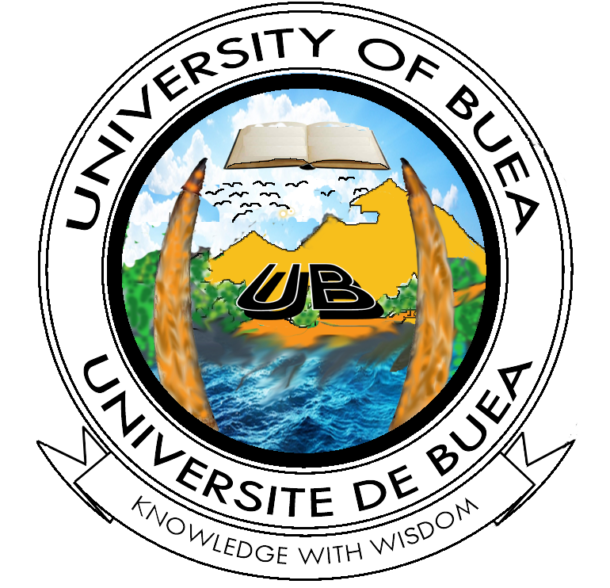| PHY711: Condensed matterPHYsics | 6 credits (40-20-0) |
Objectives
Give an overall perspective on front-line research topics in material science, particularly on the electronic, magnetic and structural properties of low-dimensional materials.
Contents
Elementary constituents of solids: Ions and electrons, Adiabatic approximation, Dynamics of electrons in a solid: Free electron model (classical and quantum), Drude theory Weidemann-Franz law and electrical properties of solids, Structure of crystalline solids: Lattice in real space, reciprocal lattice, X-ray and neutron scattering, Dynamics of electrons, Periodic potential, Bloch’s theorem, energy bands and classification of solids (metals, semiconductors and insulators), electron correlation, Mott insulator, Dynamics of ions: Lattice vibrations (phonons), Lattice specific heat (Debye model), Thermal expansion and thermal conductivity, Soft modes and structural phase transitions, Semiconductors: intrinsic and extrinsic semiconductors, Law of mass action, Impurity bands, holes, excitons, p-n junctions, MOSFET, quantum wells and super lattices, Superconductivity: The phenomenon (experimental observations), Thermodynamics of superconductors, Superconductivity as a phase transition, Type-I, Type-II superconductors, Landon theory and Ginzburg-Landau theory, Cooper pairs and BCS theory of superconductivity (basic ideas)- brief account of recent developments, Magnetism: Magnetic phase transitions, Para, Ferro and Antiferro-magnetism, Spin waves, itinerant magnetism in metals and Pauli paramagnetism, Surfaces: Surface states, behaviour of physical properties on or near the surface.


